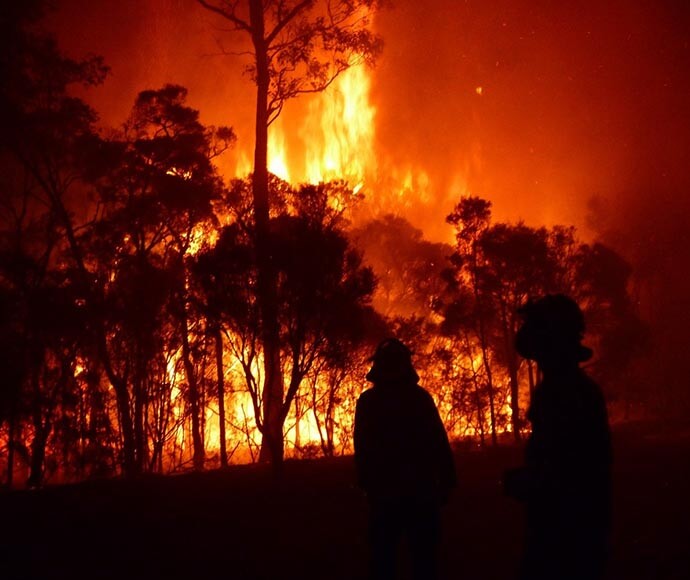While other factors, such as topography and weather, greatly influence the rate of fire spread and fire intensity, fuel is the element most easily manipulated for fire management.
Hazard reduction is reducing the quantity and/or changing the structure of the available fuel. Back-burning refers only to fires lit in the path of an oncoming bushfire to consume fuel before the fire front arrives. The aim is to reduce the rate of spread and intensity and allow the bushfire to be extinguished.
What are we doing?
The Enhanced Bushfire Management Program uses hazard reduction to reduce bushfire risk across New South Wales. The program supports research to improve bushfire response and effectiveness of hazard reduction activities. The focus of the extended program will include the implementation of an improved risk planning model for hazard reduction activities.
The quantity of fuel at any place is determined by many factors, including:
- vegetation type
- climate and productivity of the site
- time and intensity of the last fire
- past fire regimes
- recent weather.
We are working on improving models of fuel accumulation over time.
Our research will improve our capacity to predict variation in fuel composition, structure, accumulation and moisture content within broad fuel types from high-resolution remote sensing, existing flora databases and models of vegetation growth, drought stress and post-fire recovery.
The department’s research partners are also working on developing methods for the quantification of fire impacts on ecosystem level carbon stores and uptake.

Night-time fire at Windsor Downs.